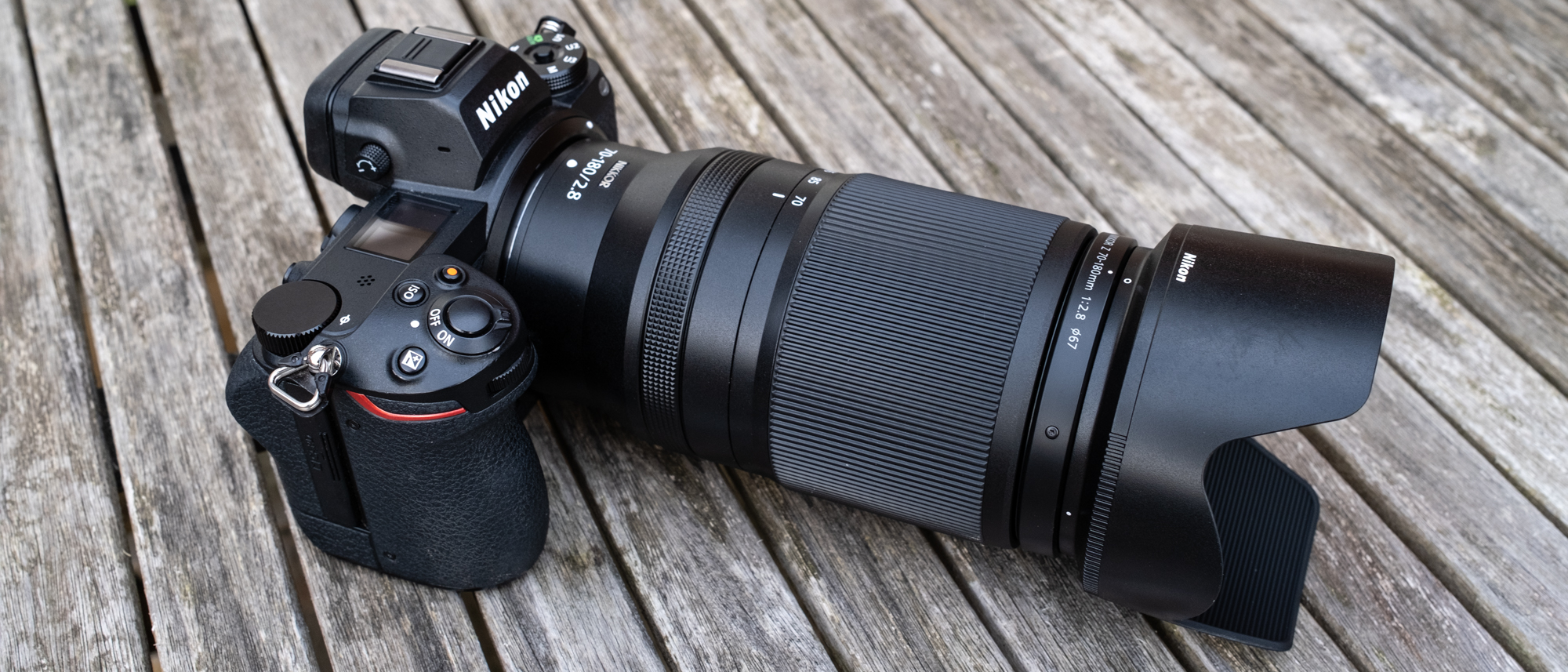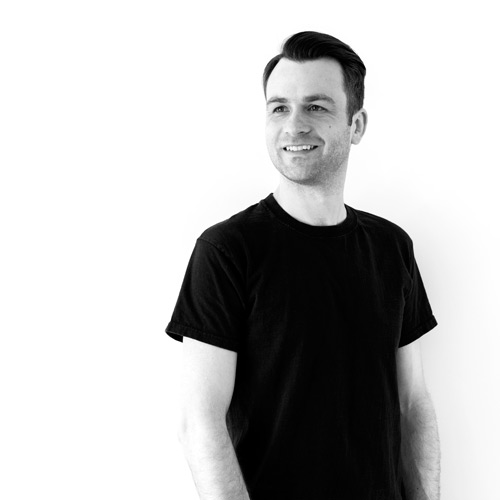TechRadar Verdict
The Nikkor Z 70-180mm f/2.8 is undoubtedly a great mid-range medium telephoto zoom. It offers enthusiasts and those on a budget a highly versatile workhorse lens capable of capturing a wide variety of subjects. Unfortunately, there’s no Optical Image Stabilization, which isn’t a problem for full-frame Z-series camera owners due to IBIS but APS-C users miss out on this feature.
Pros
- +
Constant f/2.8 aperture
- +
Internal focusing
- +
Compact and lightweight
Cons
- -
No optical Image Stabilization
- -
Extending barrel when zooming
- -
Only control on the lens is a zoom lock
Why you can trust TechRadar
Two-minute review
The medium telephoto zoom is one of the most versatile lenses on the planet; capable of fulfilling the needs of almost every type of photographer from wildlife to weddings, landscapes to sports, and far beyond. The 70-200mm focal range is most common, but the Nikkor Z 70-180mm f/2.8 bucks that trend, slightly, to provide a Z-series lens with a much more palatable price tag than the Nikkor Z 70-200mm f/2.8 VR S.
The 70-180mm costs $1,250 / £1,299 / AU £2,099, so it’s considerably less expensive than the 70-200mm f/2.8. This makes it a great option for enthusiasts and those on a budget who would like a constant f/2.8 aperture and a weight of just 1lb 12.1oz / 795g. It’s also fairly compact at 3.3 x 6in / 83.5 x 151mm, making it a versatile ‘carry around’ lens if you don’t require a wide-angle focal length.
While slightly reduced from the norm, the focal range doesn’t hinder shooting in real-world situations since there’s only a loss of 20mm at the long end. And although image quality isn’t on par with the 70-200mm f/2.8 (we’ll cover that in more detail later), it remains an impressive performer.
The Nikkor Z 70-180mm f/2.8 is part of a trio of Z-series lenses from Nikon, along with the Nikkor Z 17-28mm f/2.8 and Nikkor Z 28-75mm f/2.8. All three lenses provide a constant f/2.8 aperture alongside full-frame focal lengths ranging from a wide-angle 17mm up to 180mm. All three lenses also have the same 67mm filter thread, which will be most useful to photographers and videographers using screw-in filters since a single set of filters will cover all three lenses.
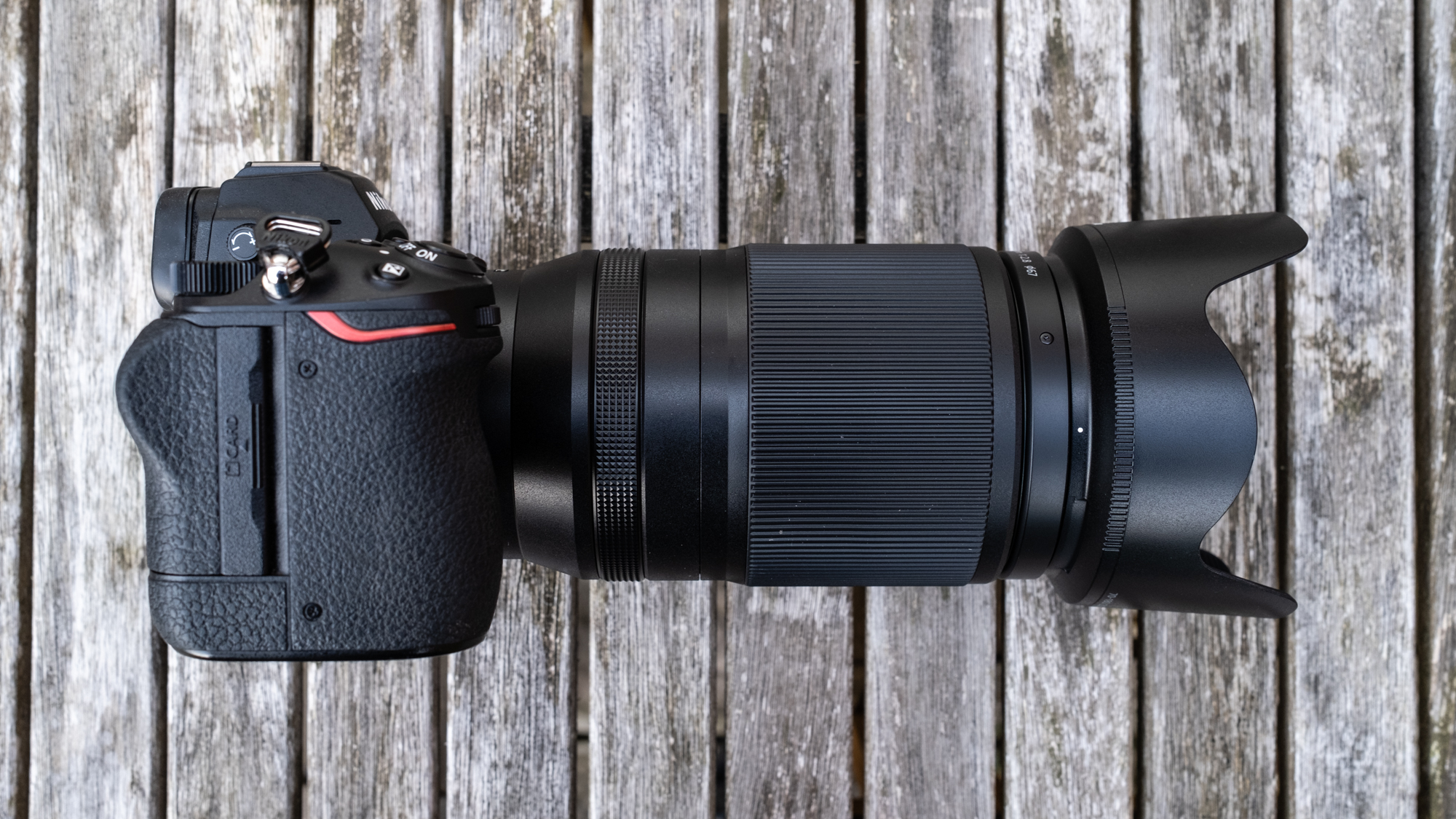
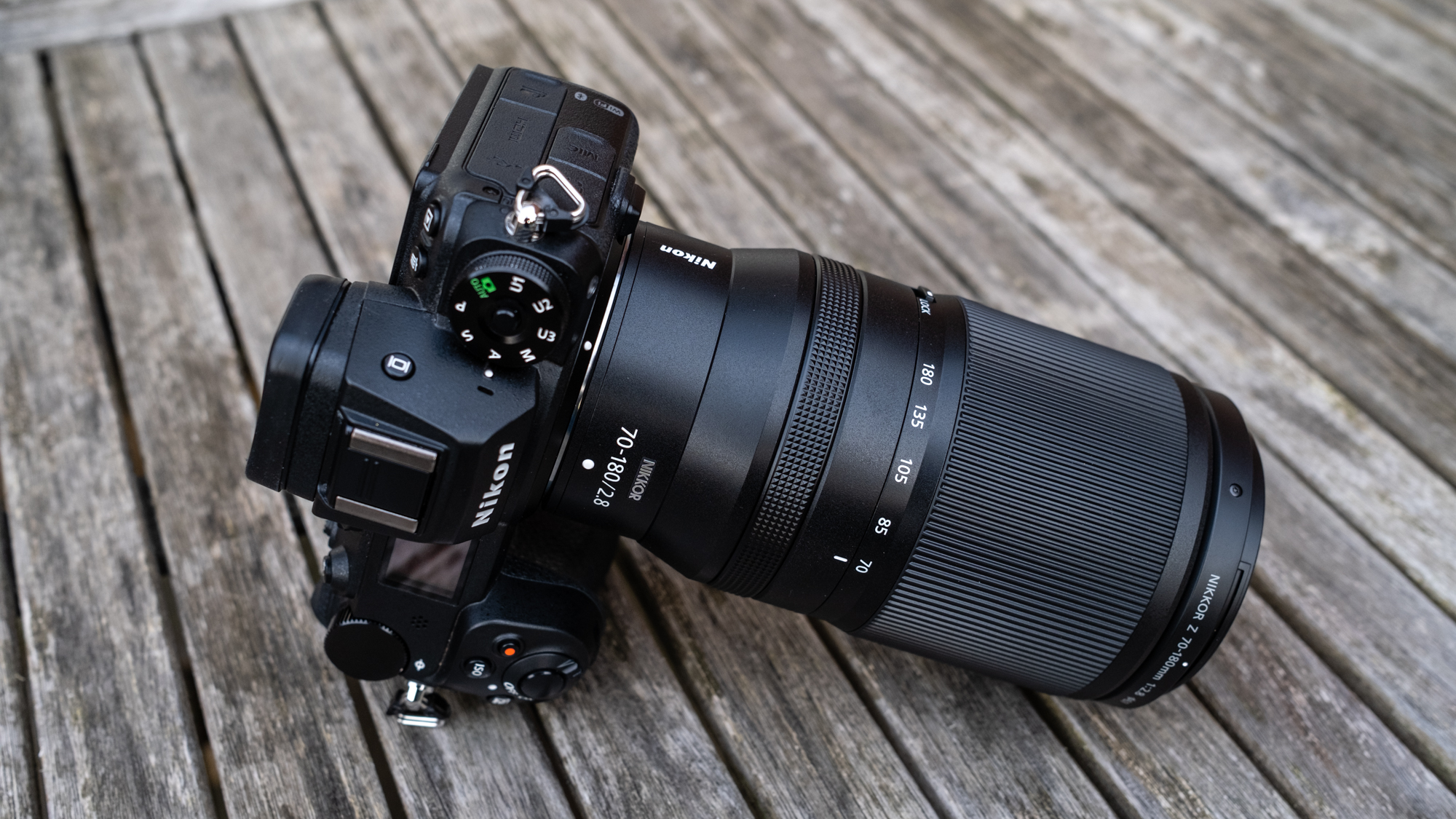
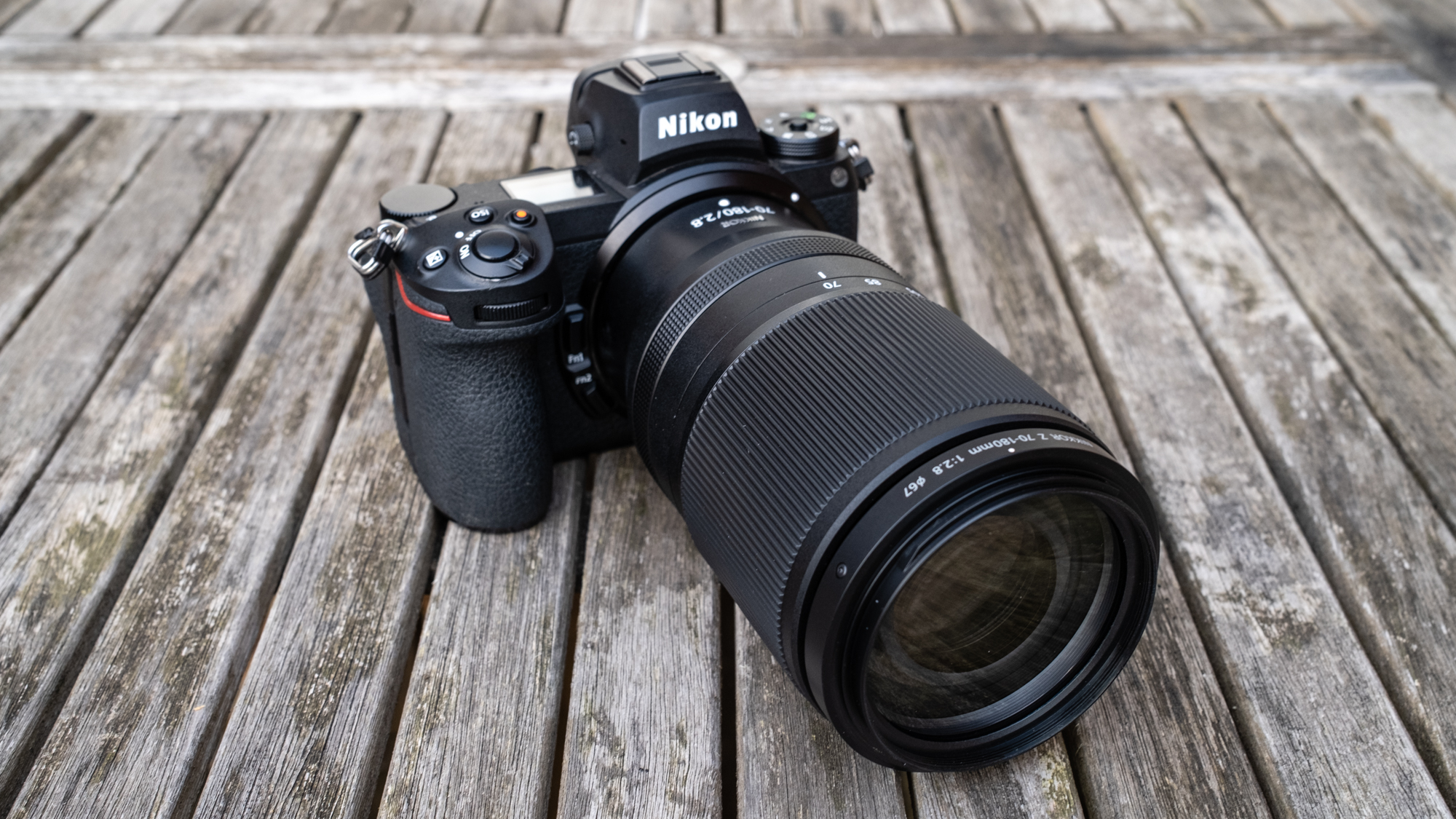
When I first picked up the 70-180mm, I was immediately struck by the slightly lower build quality than the professional spec 70-200mm f/2.8. Don’t get me wrong, it’s well built, looks good and feels solid in the hand, but it naturally doesn’t exude the premium look and feel of the more expensive professional model. However, the smaller size and lighter weight meant that it was comfortable to carry around attached to a Nikon Z 7II for long periods - a huge plus point.
Controls are virtually non-existent on the lens. There's just a zoom lock to hold the lens at 70mm and avoid zoom creep when walking around, but it’s a useful feature. Unfortunately, the 70-180mm doesn’t feature optical Vibration Reduction (VR) / Image Stabilization (IS), so you can only take advantage of IS if you’re using a full-frame body with In-Body Image Stabilization (IBIS). APS-C Z-series cameras do not offer IBIS, so there’s no option for VR here.
The 70-180mm is constructed of 19 elements in 14 groups, which include five ED elements, one super-ED element and three aspherical elements, with a nine-blade circular aperture providing pleasing bokeh. Focusing is internal, so the front element doesn’t rotate during focusing. This is great when using filters, although the lens barrel does extend when the zoom ring is rotated. The zoom ring itself, sitting towards the front of the lens, is large and comfortable to use. The narrow focus ring sits behind and offers a comfortable amount of resistance when turned to manually focus.
The minimum focusing distance of the 70-180mm is impressive at 70mm with a distance of just 0.89ft / 27cm and 2.79ft / 85cm at 180mm. This is on a sliding scale as you increase focal length, but at 70mm, you can get pretty close to small subjects, which further increases the usefulness of the lens. The 70-180mm can be used with the Nikon Z 1.4x and 2x teleconverters to increase the focal range at the expense of the maximum aperture and can also be used with APS-C Z series models where the focal range extends from 105-270mm with the f/2.8 remaining effective.
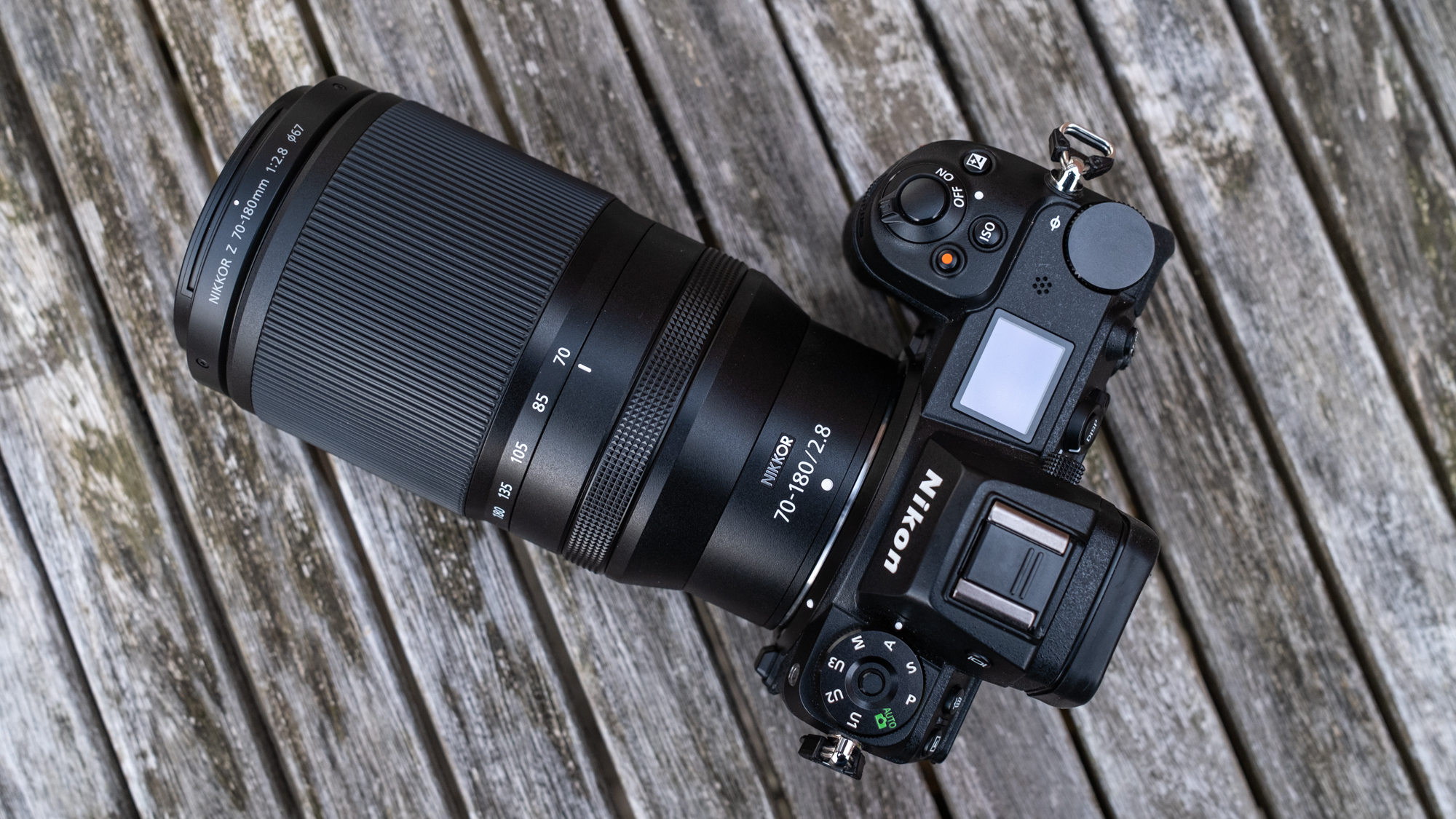
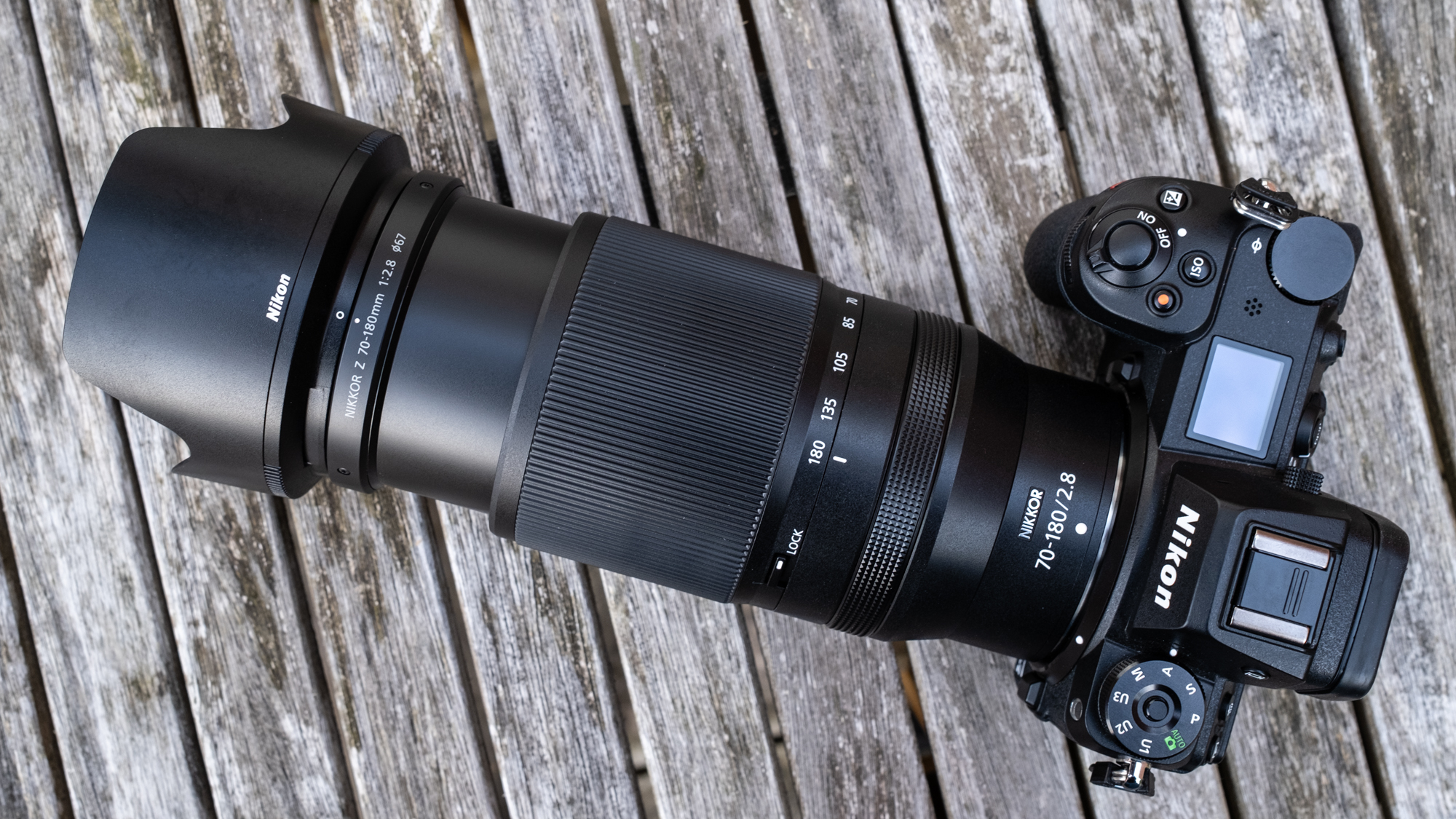
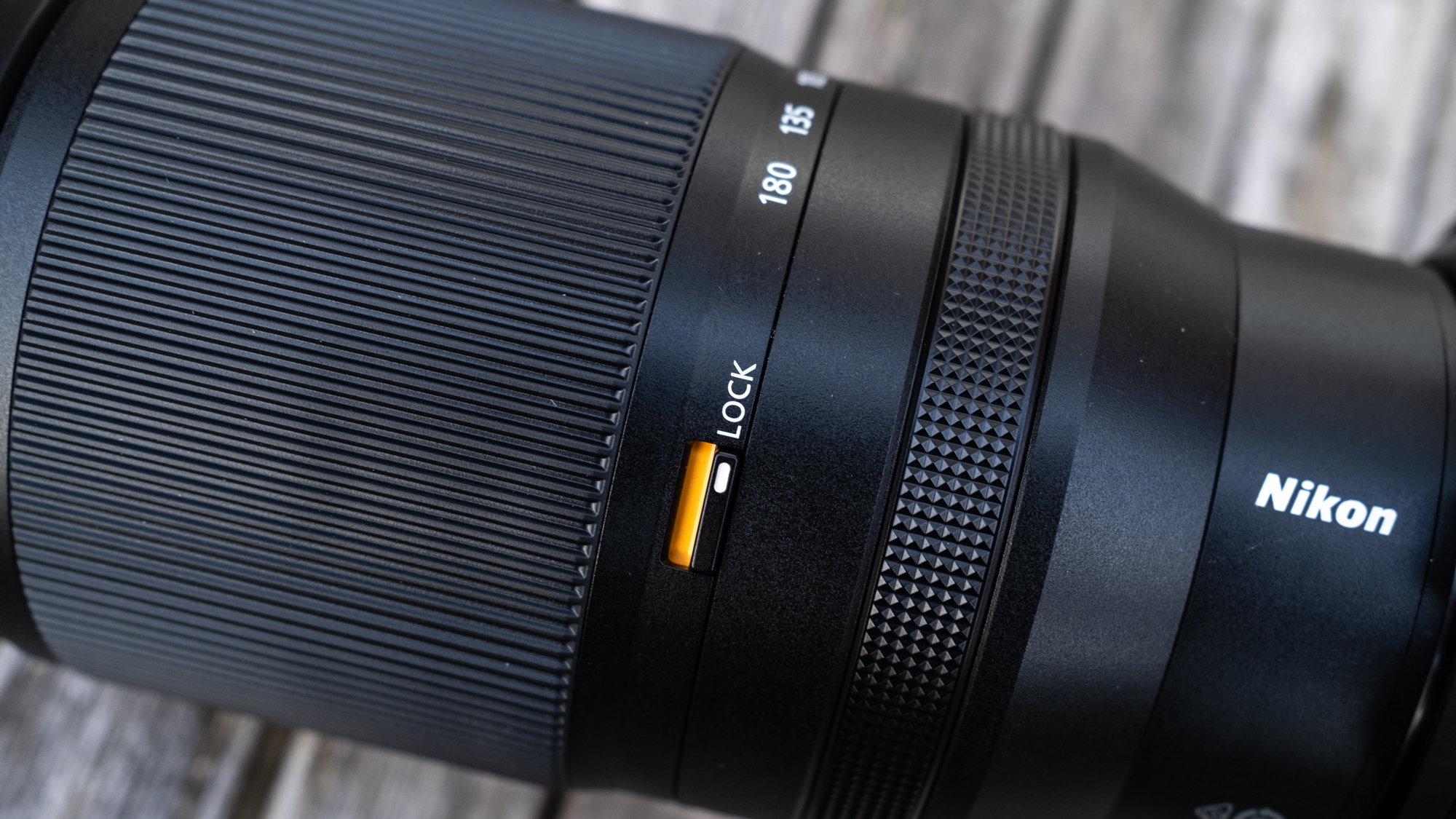

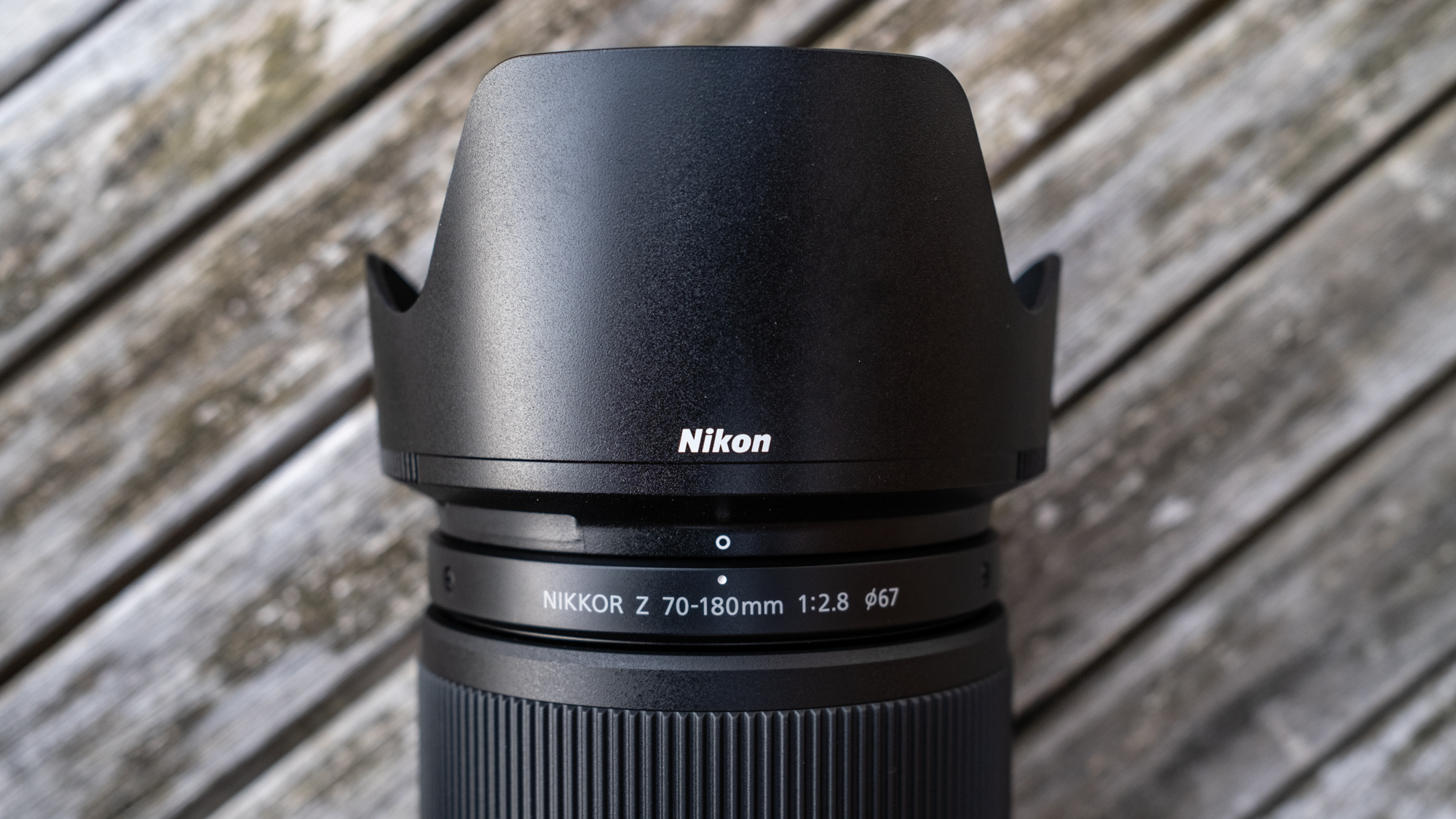
The lens is least sharp at the extreme ends of the f/2.8 to f/22 aperture range at all focal lengths, with the sharpest results between f/5.6 and f/11. F/2.8 and f/4 are more than sharp enough to use, but at f/16 and f/22 diffraction, or a loss of overall sharpness, is most noticeable.
Edge sharpness is also at its lowest with the aperture wide open and increases as the lens is stopped down to the middle settings, but this is common with most lenses. There’s also some vignetting at f/2.8 which reduces significantly at f/4 and is gone once you stop down to f/5.6. Optical distortion is also minimal, which is impressive for a medium-range lens like this.
Overall, the Nikkor Z 70-180mm f/2.8 is a solid performer and provides photographers with a cost-effective medium telephoto zoom with that all-important constant maximum aperture. Plus, the relatively light weight, compact size and decent image quality make it a lens well worth considering, whatever subjects you shoot.
Nikkor Z 70-180mm f/2.8 photo samples



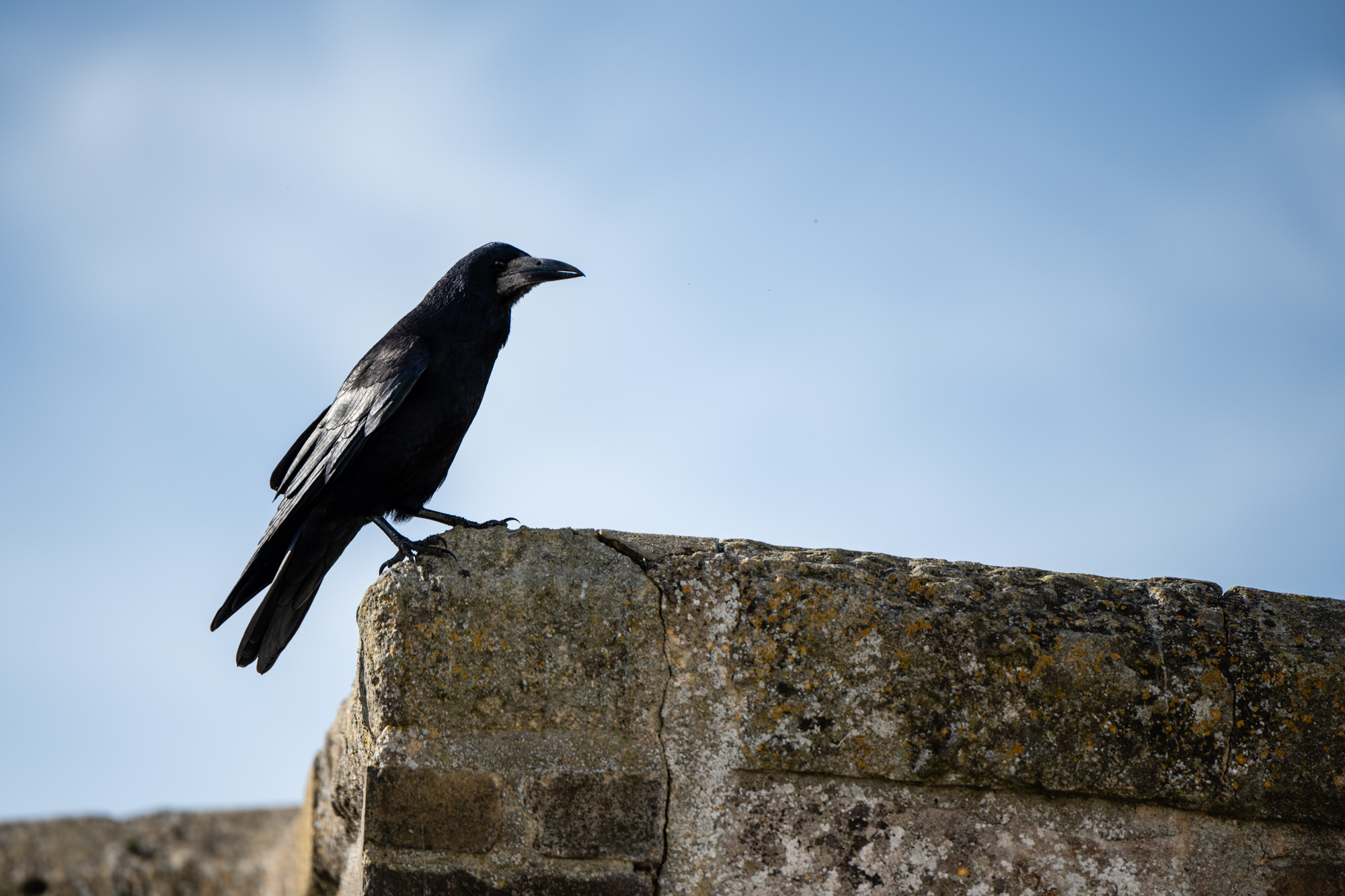
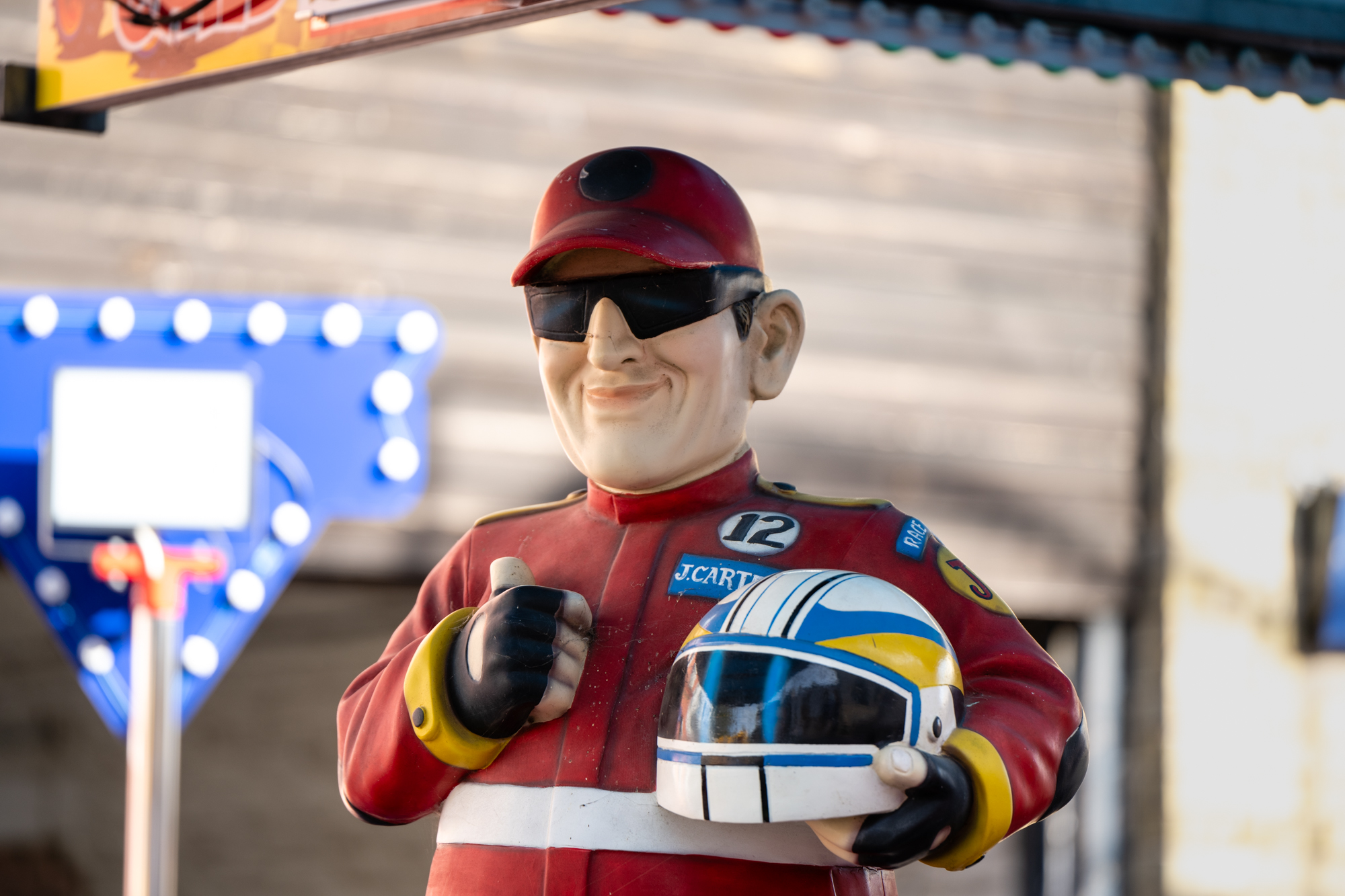

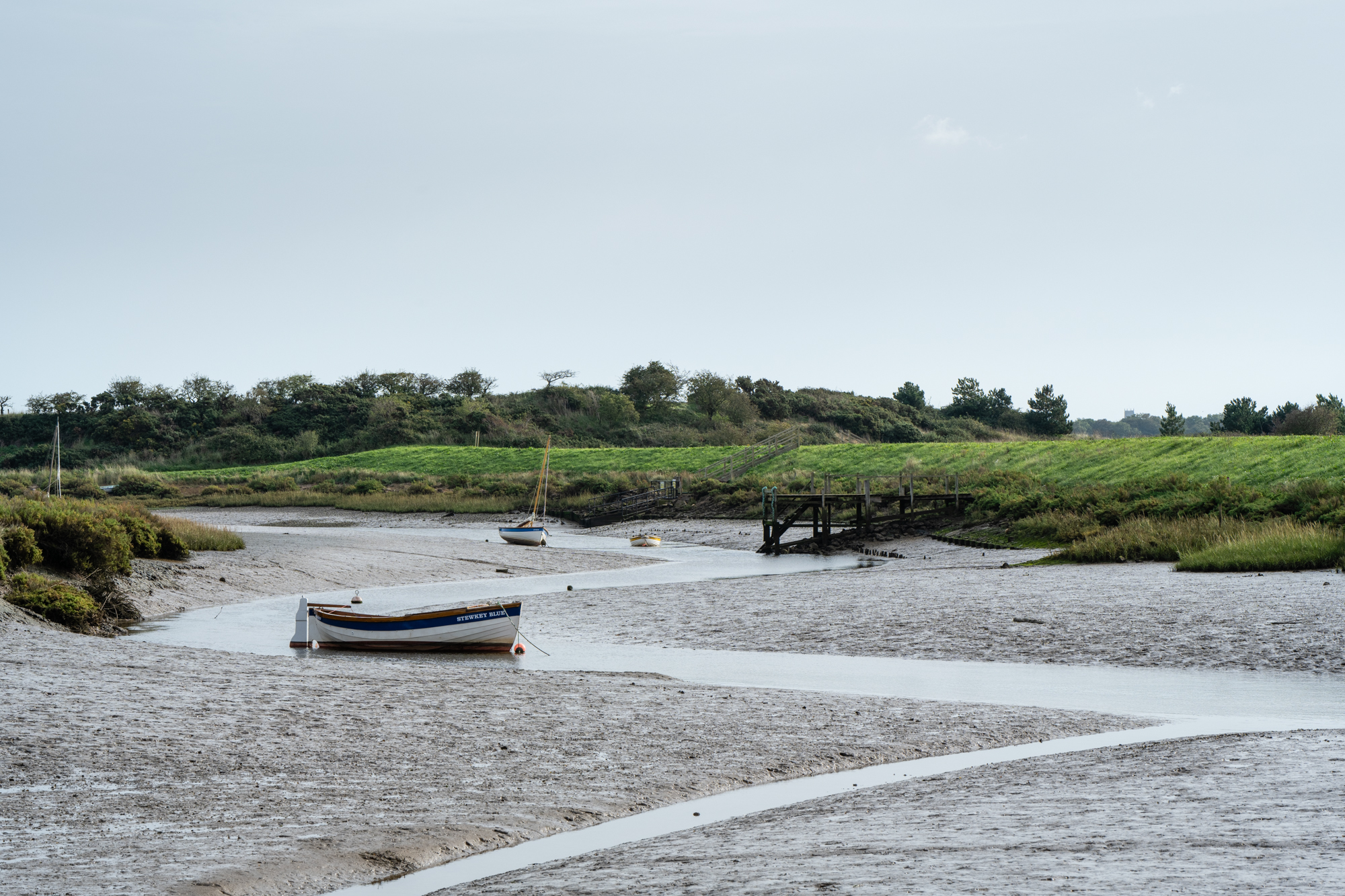
Should I buy the Nikkor Z 70-180mm f/2.8?

Buy it if...
You need an inexpensive f/2.8 medium telephoto
The 70-180mm offers a fantastic balance of cost versus basic features like the constant f/2.8 aperture. If you can’t afford, or simply can’t justify, the Nikkor Z 70-200mm f/2.8 VR S, this lens is a great alternative.
You intend to use teleconverters
You can use teleconverters with some Nikon Z lenses with narrower maximum apertures than f/2.8, but having a wider starting point means that the loss of aperture at the wide open end means you still have plenty of light gathering and shallow depth-of-field capability.
You have a full-frame Z-series camera
Nikon’s full-frame Z-series cameras feature IBIS, so the absence of Optical Image Stabilization isn’t an issue because you can still take advantage of the feature. What’s more, while the lens works perfectly with APS-C models, it’s designed for use with full-frame cameras.
Don't buy it if...
You own an APS-C Z camera and need VR
If you have an APS-C Z-series model and are likely to need Image Stabilization / Vibration Reduction, this lens isn’t for you. Optical Image Stabilization is absent, and current APS-C models don’t, unfortunately, offer IBIS.
You require the best image quality
If you’d like Nikon’s professional lens option in this focal range, the Nikkor Z 70-200mm f/2.8 VR S is the lens for you. It is much more expensive, as well as being slightly larger and heavier than the 70-180mm, but it is the superior lens of the two.
You need a longer focal range
This is almost too obvious, but with the 70-180mm focal range being so useful, it’s easy to overlook longer lenses, even if you need greater reach. So, if you do need a much longer telephoto zoom, take a look at the Nikkor Z 180-600mm f/5.6-6.3.
How I tested the Nikkor Z 70-180 f/2.8
The Nikkor Z 70-180mm f/2.8 was tested over several shoots to determine how comfortable the lens is to use handheld for several hours. Photos were taken at different aperture settings and focal lengths to test handling, sharpness, and distortion. Static and moving subjects were shot to test autofocus performance.
Most images were shot simply to see how the lens performed in different situations, while others were shot specifically to compare the results. This allowed me to test all aspects of the lens in a real-world environment that’s closer to how photographers will use the lens themselves, rather than relying on statistics and lens charts.
With nearly 30 years of photographic experience and 15 years working as a photography journalist, I’ve covered almost every conceivable subject and used many of the cameras and lenses that have been released in that time. As a working photographer, I’m also aware of the factors that are most important to photographers and aim to test cameras and lenses in a way that reflects this.
First reviewed October 2023
James Abbott is a professional photographer and freelance photography journalist. He contributes articles about photography, cameras and drones to a wide range of magazines and websites where he applies a wealth of experience to testing the latest photographic tech. James is also the author of ‘The Digital Darkroom: The Definitive Guide to Photo Editing’.
